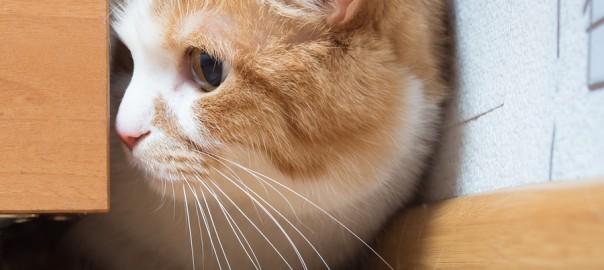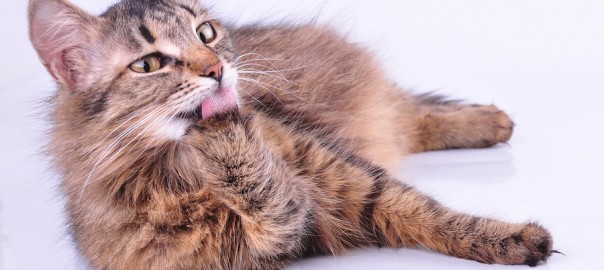Have you ever found bruising or little red dots on your dog’s skin? It could be the sign of a serious condition known as thrombocytopenia. Here’s a reader’s question and my answer about the problem:
Q: My dog’s stool is black, and I noticed when I was grooming him that his body was covered in bruises (he’s white, so it’s easy to see his skin). My veterinarian did bloodwork right away and says it’s something called thrombocytopenia. What can you tell me about this condition?
A: Thrombocytopenia is what we call it when the body has an abnormally low number of blood platelets (thrombocytes). Normal platelet counts are 180,000 to 200,000. Anytime platelet counts are less than 40,000, spontaneous bleeding can occur in the gastrointestinal tract (which is why you saw black stools and bruising on the body) or in the urinary tract, brain or lungs. It’s a good thing you took your dog to the veterinarian right away because internal bleeding can cause dogs to die quickly if they don’t receive a blood transfusion.
To figure out the cause of the low platelet count, veterinarians do what’s called a differential diagnosis — you probably heard this term if you were a fan of the television show “House MD.” It’s a process of elimination that might involve an abdominal ultrasound and chest X-rays to rule out cancer, a test for common tick-borne diseases in your area and a blood chemistry panel.
Immune-mediated thrombocytopenia is the destruction of the platelets by the dog’s own immune system. We don’t necessarily know why this happens, but this life-threatening condition can usually be treated.
Dogs with this condition are hospitalized in the intensive care unit and receive corticosteroids and other immunosuppressive drugs to stop the body from attacking itself, and drugs to stimulate the bone marrow to release immature platelets more quickly than normal. In a best-case scenario, dogs usually respond to treatment within three to five days. The condition can be managed, but not cured. Dogs need lifetime medication to control the disease.
Read more, including how to train your cat to do tricks, in this week’s Pet Connection.
Do you have a pet question? Send it to askpetconnection@gmail.com!




